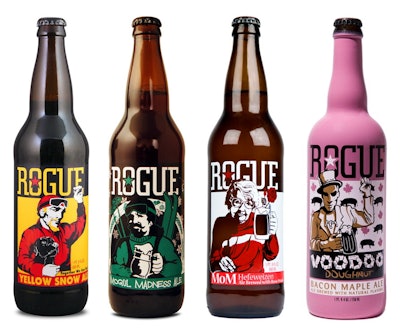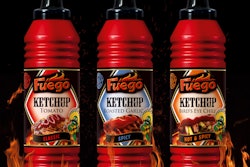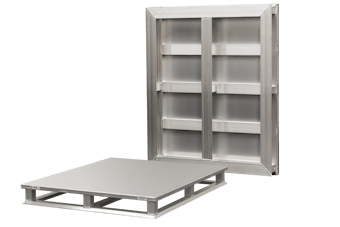
According to Mintel, the estimated sales of craft beer in the U.S. reached $20 billion in 2014, double that of five years ago. With more brewers coming onto retailers’ shelves, we can expect increasing competition for space in stores. Craft beer consumers are particular about their choice of beer, and that’s where packaging comes into play: helping to navigate an increasing number of products offered. Packaging is also important to the consumers who are new to the category and who would use packaging as a tool to choose a new variety of beer.
Looking at the purchase influencers of craft beer and what role packaging plays there, Mintel data shows that craft beers score highest when it comes to consumers’ interest in a package that features appealing descriptors they understand—31% of U.S. craft consumers.
Also, 30% of U.S. craft consumers are looking for a package that features beer terms they are familiar with such as hoppy, malt, etc.—much higher than for the average U.S. beer drinker. This means that descriptive characteristics of beer would be a particularly effective way to capture craft beer drinkers’ attention and imagination. It would also help to attract new consumers in the category who might be not familiar with the specialty craft beer but who would use packaging as a guideline to make a choice.
- We have seen some examples of beer packaging where descriptive characteristics are executed well. For example, Cascade Brewery in Australia provides a high level of detail of beer features on the pack. “Craft beer drinkers in the U.S. express high interest in appealing package design featuring craft terms they understand and origins of breweries that have a history, all of which makes brewers work harder.”
- Unique flavors and experimental beer styles are not necessarily enough in a U.S. craft beer market that is rapidly becoming saturated. While Mintel data shows that the key craft beer consumers in the U.S. are 25 to 34 years old, craft beer does a good job of maintaining consumer interest across all age groups.
- Package design in the category tends to fall between two extremes. It either features labels full of details about the beer that speak more to the expert beer drinker, or labels that are fun but do not appeal to the serious craft beer aficionados’ desire for details and information. For example, Boulevard Brewing’s beer labels suggest the knowledge of beer hops and pairing with certain foods, while Rogue Beer is famous for eccentric character illustrations on the bottle along with vivid color combinations. Rogue Beer’s brand personality is based on its eccentricity and irreverent attitude, so its lack of detail is not necessarily a drawback.
- Craft breweries do a good job compared to the regular ones of maintaining interest among consumers of all age groups. However, according to Mintel’s recent Craft Beer report, only 13% of U.S. consumers who drink craft beers choose a product because it looks cool, so it is essential that packaging not simply rely on craft beer’s trendiness but communicate a craft brand’s difference from mainstream beer.
- Along with such beer features as beer type and the description featured on the pack, other elements important to consumers can be exploited. Craft beer is the category where the background and origins of the brewery play an important role in building connections with the consumers. Mintel data shows that 29% of U.S. consumers who drink beer base their purchasing decision on whether a craft beer comes from a brewery that has a long history in the industry, and 25% are more likely to buy craft beer if they learn a brand has a good “story.” This is compared to 18% and 11%, accordingly, of non-craft beer drinkers. This suggests opportunities for leveraging this interest and visualizing the story of the brewery on a label design. The story of the brewery can help to revoke positive memories of consumers who have tried the product before. It can also become a symbol of authenticity that increases trust for those who are looking to try new types of beer.
This article has been adapted from Mintel’s 2014 summary Craft Beer report.





















